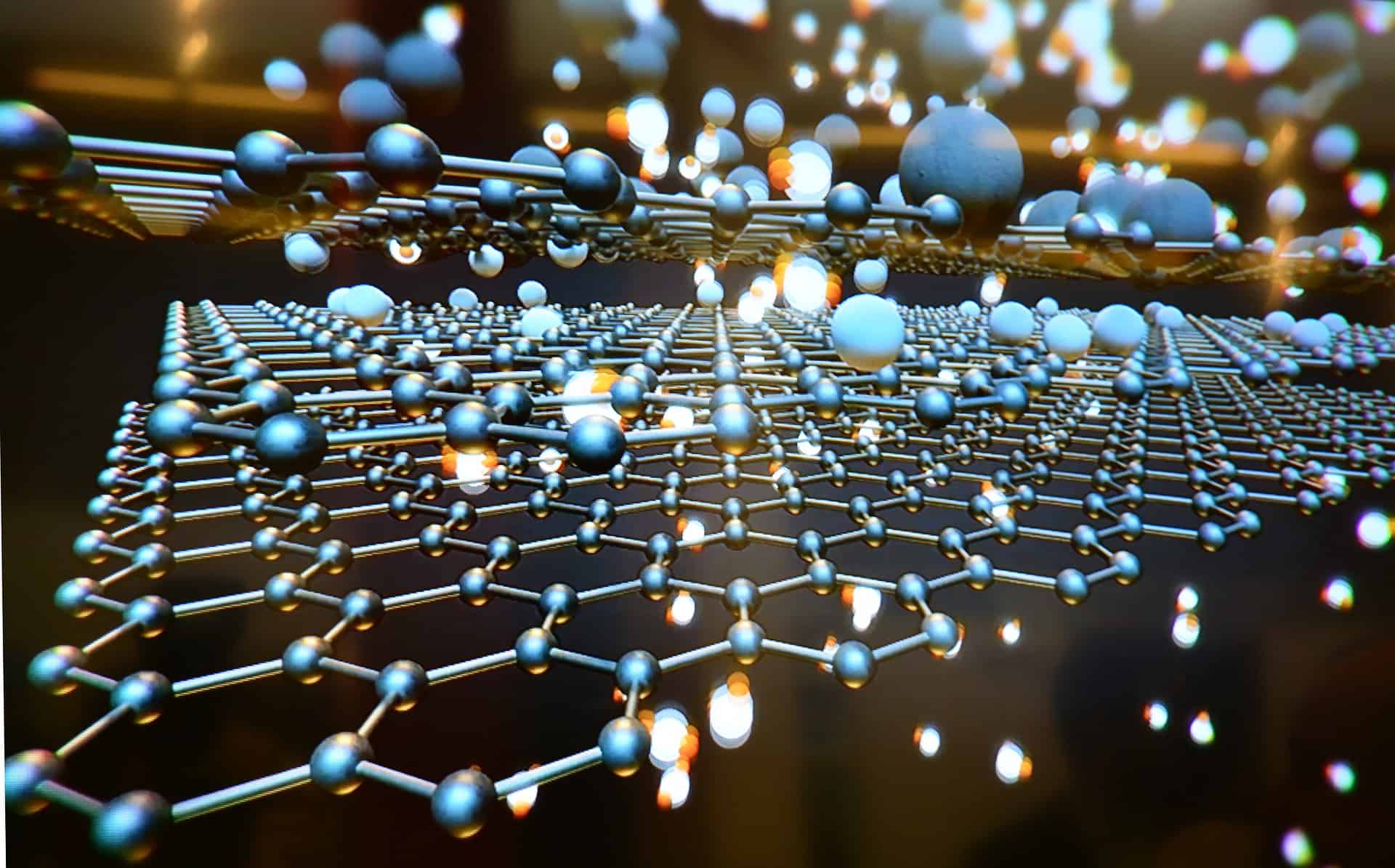
The group discovered that when two atomically thin (two-dimensional) materials like graphene are placed on top of each other like a ‘Lego’ tower, their properties change and a material with novel hybrid properties emerges.
This happens without the two atomic layers physically meeting, nor through a chemical reaction, but by attaching the layers to each other via a weak van der Waals interaction.
The group also found that the properties of the material can be precisely controlled by twisting the two stacked atomic layers, opening the way for the design of new materials and electronic devices for future technologies.
The idea to stack layers of different materials to make so-called heterostructures goes back to the 1960s, when semiconductor gallium arsenide was researched for making miniature lasers – which are now widely used.
Researchers believe that so called ‘van der Waals heterostructures’ could be used to create numerous designer-materials and novel devices by stacking together any number of atomically thin layers.
Hundreds of combinations become possible otherwise inaccessible in traditional three-dimensional materials, potentially giving access to new unexplored optoelectronic device functionality or unusual material properties.
In the study It’s work, which is reported in the journal Nature, researchers used van der Waals heterostructures made out of so-called transition metal dichalcogenides (TMDs), a broad family of layered materials.
The group found that when two atomically thin semiconducting TMDs are combined in a single structure their properties hybridise, and this hybridisation makes electrons in the hetorostructure feel the effect of moiré periodic structure that always appears when to lattices with slightly different period - or with the same period but a small twist angle - are placed on the top of each other.
Professor Vladimir Falko, director of the National Graphene Institute said: “By controlling the hybridisation of electron’s states in heterostructures and also using moiré superlattice effects, which are generic for heterostructures of atomically thing films, we acquire a new handle for tailoring optical properties of materials.”





Poll: Should the UK’s railways be renationalised?
I think that a network inclusive of the vehicles on it would make sense. However it remains to be seen if there is any plan for it to be for the...